10 Seizure Clues Dog Owners Often Miss

Seizures aren’t always the dramatic moments people expect. Some barely register unless you know what to watch for. Your dog might act a little off, then bounce back like nothing happened. They come and go in a flash, which makes spotting them tricky. This list covers ten ways a seizure might show up without warning.
Sudden Collapse Or Stiffening
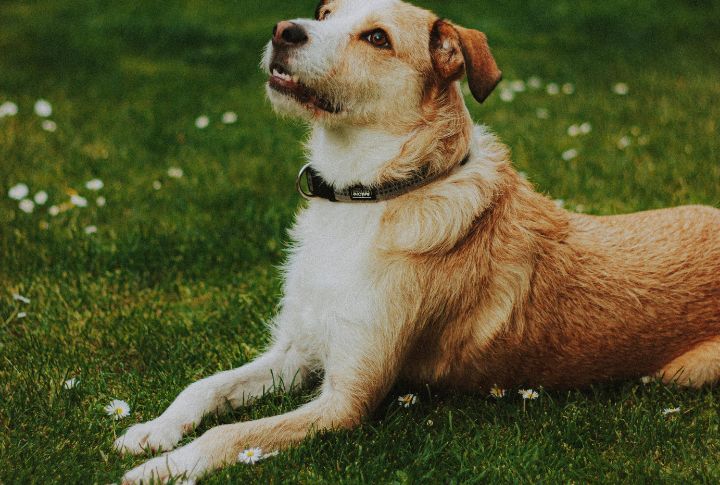
One telltale sign of a seizure is when your dog suddenly stiffens or collapses without warning. The cause? Misfiring brain signals that force the muscles to tighten all at once. Some dogs fall in an instant, while others pause in place before slowly tipping over.
Excessive Drooling Or Frothing

It’s normal for dogs to drool after running or smelling food. But if thick, foamy drool shows up for no reason, a seizure might be the cause. That’s because the nerves in the brain can make the mouth act up.
Involuntary Urination Or Defecation
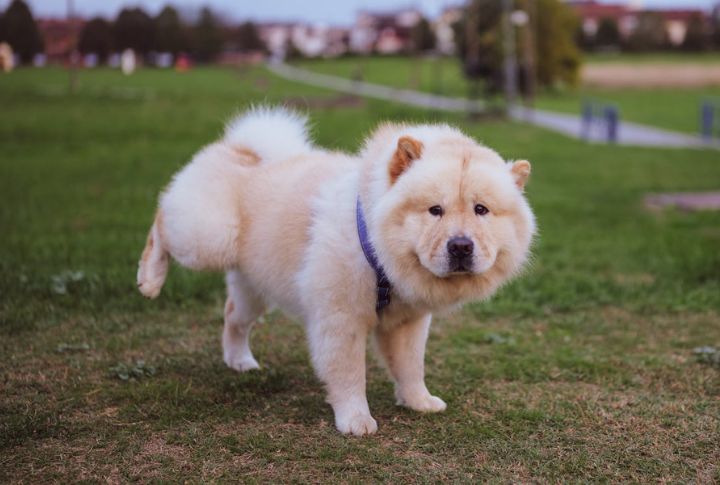
Involuntary urination or defecation is one of the more surprising seizure symptoms in dogs. Their body either clenches or relaxes unexpectedly due to confused nerve signals. This isn’t disobedience—it’s a reflex. Older dogs, in particular, may experience this kind of loss of control more often.
Rapid Eye Movements Or Glazed Stare

In the early moments of a seizure, some dogs show signs through quick, erratic eye motions or an unsettling blank stare. It may only last a moment, but spotting these little things early can help you get them the care they need.
Paddling Movements

A resting dog suddenly kicking their legs might seem like nothing more than an active dream. Yet, when those movements persist or intensify, a seizure could be unfolding. During such episodes, your dog may remain conscious and possibly anxious.
Chewing Motions Or Jaw Chomping

Before jumping to conclusions about something stuck in your dog’s teeth, consider this: repeated chomping at nothing could indicate a mild seizure. These episodes often begin with a small glitch in the brain that activates the mouth muscles, creating a chewing motion out of nowhere.
Loss Of Consciousness Or Unresponsiveness
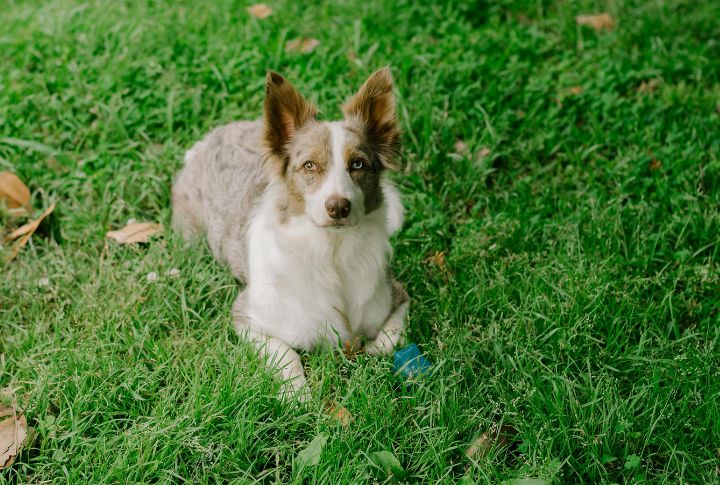
During a seizure, some dogs appear to “zone out” as they lose awareness. They may lie still, ignore their name, and stare blankly. This unresponsiveness happens because the brain temporarily stops processing normal awareness and external stimuli.
Vocalizations Like Whining, Barking, Or Howling
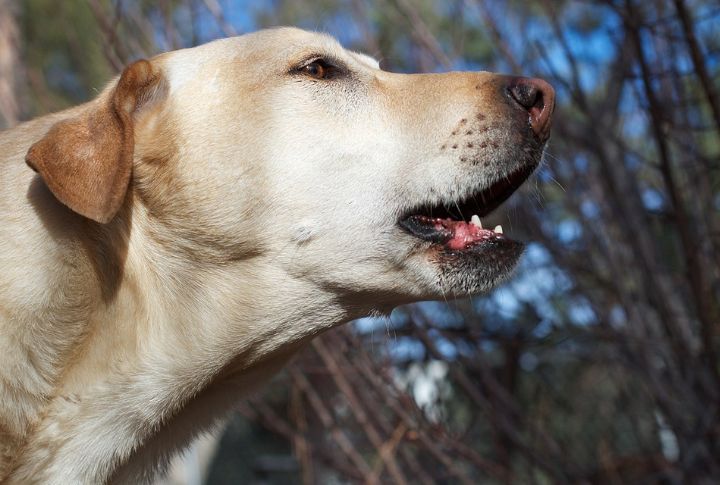
Vocal outbursts like howling or sharp barking can occur mid-seizure, but they’re not something your dog controls. These sounds are usually caused by involuntary muscle movements in the throat. And occasionally, the effect is so strange that it sounds almost human.
Repetitive Head Shaking Or Nodding
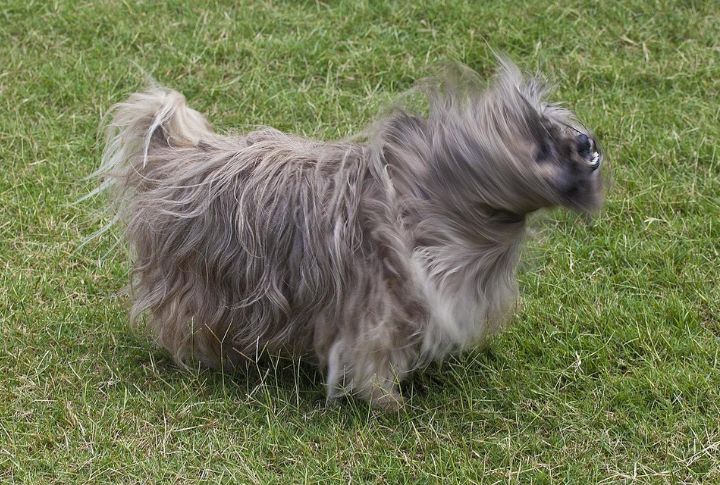
If your pup’s head bobs up and down or swings gently from side to side, you might be witnessing a type of seizure. This smooth, repetitive motion is especially seen in Bulldogs and Boxers, and interestingly, it usually stops if the dog becomes mentally engaged elsewhere.
Sudden Aggression Or Confusion Post-Seizure (Postictal State)
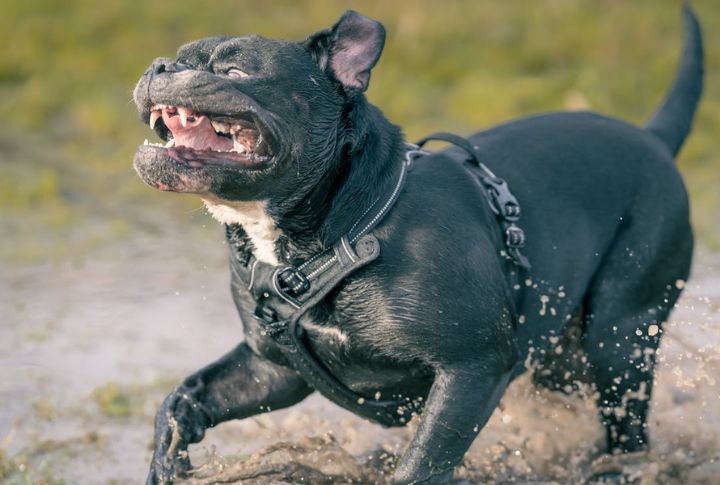
Once a seizure ends, some dogs enter a postictal state that alters behavior sharply. They might pace, ignore their name, or act as if they’re in unfamiliar territory. Unlike normal moodiness, this recovery phase can cause them to briefly forget who and where they are.





